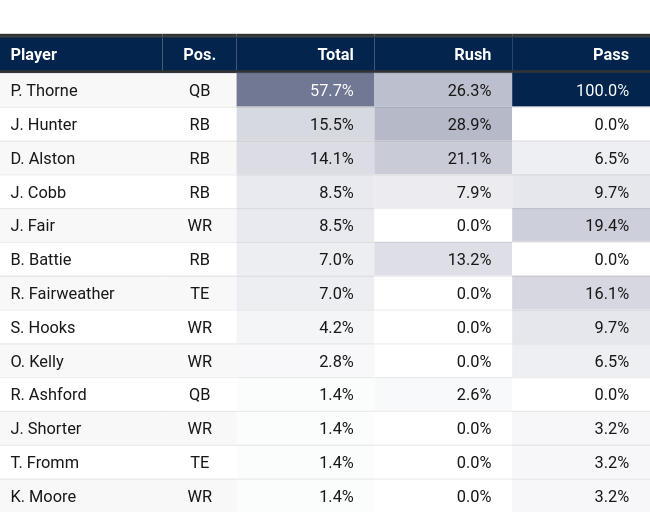

This number includes nurse faculty, and that presents its own unique problem, training more nurses with fewer resources.

There are currently approximately one million registered nurses older than 50 years, meaning one-third of the workforce could be at retirement age in the next 10 to 15 years. Like the populations they serve, the nursing workforce is also aging. Treating these long-term illnesses can strain the workforce. Many disease processes that were once terminal are now survivable for the long term. The population is surviving longer, as a whole, causing an increased use of health services as well. The reality is that older persons do not typically have one morbidity that they are dealing with, but more often have many diagnoses and comorbidities that require them to seek treatment. In 2029, the last of the baby boomer generation will reach retirement age, resulting in a 73% increase in Americans 65 years of age and older, 41 million in 2011 compared to 71 million in 2019.Īs the population ages, the need for health services increases. Currently, the United States has the highest number of Americans over the age of 65 than any other time in history. On the whole, the population is aging, with the baby boom generation entering the age of increased need for health services. Some potential reasons are explored below. The causes related to the nursing shortage are numerous and issues of concern. The nursing profession continues to face shortages due to a lack of potential educators, high turnover, and inequitable workforce distribution.


 0 kommentar(er)
0 kommentar(er)
